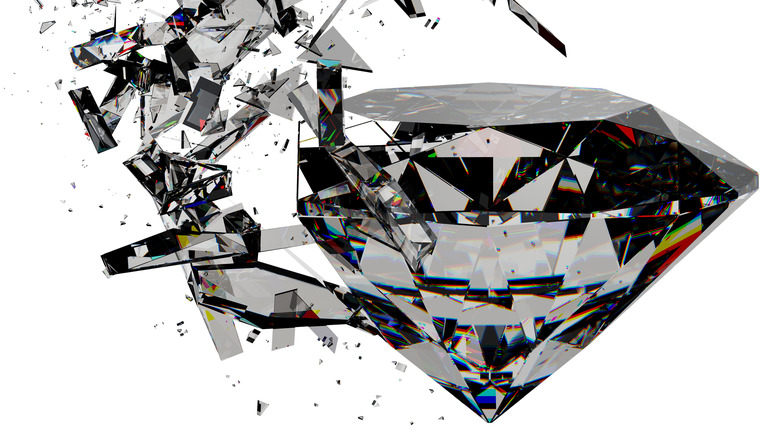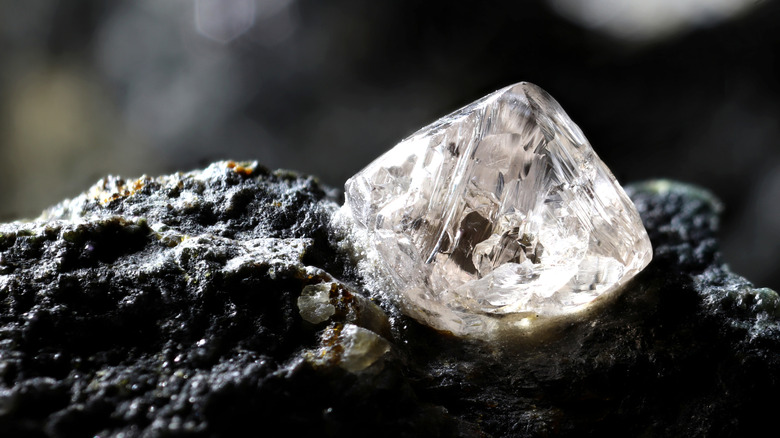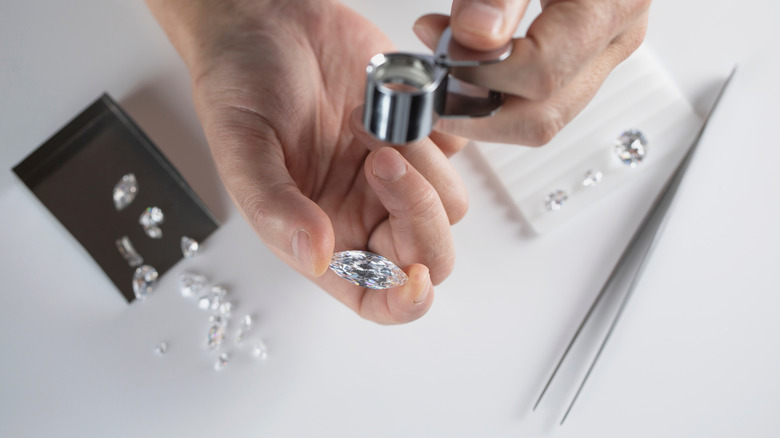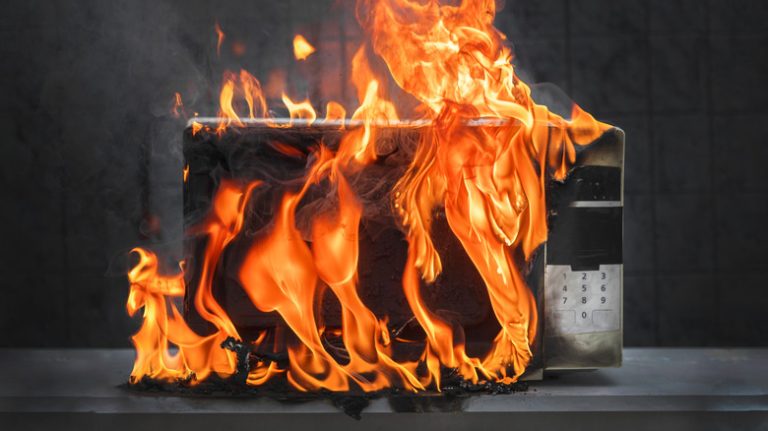
Diamond is the hardest naturally occurring material in the world. Its exceptional hardness is even reflected in its name, derived from the Ancient Greek word “adámas,” meaning “invincible” or “unbreakable.” However, diamonds are not truly unbreakable. A strike with a steel hammer can easily shatter them into small fragments.
Why are diamonds both hard and brittle? The answer lies in the definition of “hardness.” According to the Cambridge Dictionary, “hard” refers to something that’s not easy to bend, cut, or break. In materials science, hardness is a specific measure of a material’s resistance to permanent, localized deformation. There are three types of hardness: scratch, rebound, and indentation.
Scratch hardness is tested by dragging a harder material across a surface to measure the groove depth. Rebound hardness is assessed by dropping a hammer-like tool tipped with a harder material and measuring its bounce. Indentation hardness involves pressing with a harder material at a fixed force and measuring the indentation depth. Diamonds lack a harder material for testing; they deform tools instead of being deformed. As a result, diamonds are often used as the maximum standard for calibrating hardness scales. On the Mohs hardness scale, diamonds have the top rating of 10. Yet, their chemical structure makes them less tough.
In scientific terms, diamonds have a low toughness

Just as “hard” differs in materials science and common speech, so does the term “tough.” For the general public, “tough” means durable, hard, or strong. Yet, in materials science, toughness is distinct from hardness and strength. Toughness is defined as the amount of force a material can absorb without fracturing. While hardness measures resistance to shape change, toughness measures resistance to breaking apart.
Interestingly, materials scientists consider rubber tougher than diamond. Rubber can withstand a sledgehammer’s impact without fracturing, though it may deform. In contrast, a diamond shatters on the first strike. Diamond’s low toughness results from its chemical structure. Composed mostly of carbon atoms, its molecular structure forms a tight crystal lattice, with each atom covalently bonded to four neighbors, creating exceptional stability. This stability explains diamond’s hardness but also its brittleness. Scratching a diamond is nearly impossible due to the stability of carbon atoms, but a force spread across its surface can disrupt this stability. A hammer blow’s shock travels through the diamond’s structure, breaking bonds along cleavage planes and causing it to shatter like a house of cards.
How diamonds are (carefully) cut without shattering them

Cutting diamonds is a delicate process due to their hardness and brittleness. A single mistake can cause them to split undesirably. Cutting flat planes isn’t as simple as using a sharp knife. As the hardest naturally occurring material, diamonds are often cut using other diamonds.
This explains why perfectly spherical natural diamonds are rare; tools aren’t hard enough to “sand down” the edges. Natural diamonds fracture along cleavage planes, a property utilized by diamond cutters. They use diamond-tipped saws or lasers to make initial cuts at desired angles, then a steel cleaver splits the diamond. Steel, one of the strongest metals, has higher toughness than diamond, withstanding the force. The split halves are nearly perfect, following the diamond’s lattice structure’s tetrahedral plane. At the atomic level, covalent bonds between carbon atoms are severed along the flat plane.
Final diamond cutting steps illustrate the material’s high hardness and low toughness. For iconic faces and angles, cutters use diamonds to cut diamonds. During the bruiting phase, diamonds are held in cement bowls with the edge exposed, then rubbed against another diamond to create a flat surface. The shaped diamond is polished with sandpaper made of — you guessed it — diamond powder.
“`




